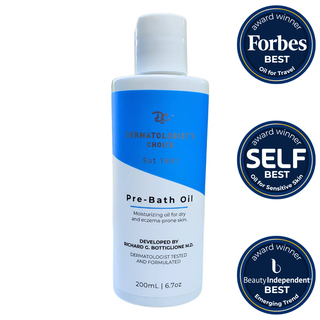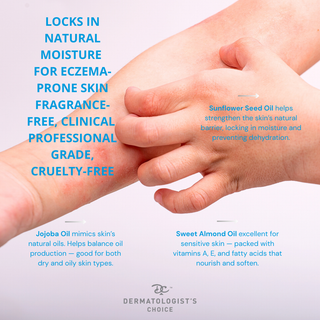
Acne scars are a common concern among people who have had acne in the past. Acne scars can occur in different forms and severity levels, and can leave behind lasting reminders of the skin condition. Fortunately, there are several ways to treat acne scars, including the use of glycolic acid. In this blog, we will explore the different types of acne scars and how glycolic acid can help in removing them.
Types of Acne Scars
-
Ice Pick Scars: These scars are narrow and deep, resembling the marks left behind by an ice pick. They are often the result of severe acne and can be difficult to treat.
-
Boxcar Scars: These scars are wider and have a more defined shape than ice pick scars. They are usually shallow, but can be more severe if the inflammation goes deeper into the skin.
-
Rolling Scars: These scars are wide and shallow, and give the skin a wavy appearance. They are caused by damage to the skin's subcutaneous tissue.
-
Hypertrophic Scars: These scars occur when the body produces too much collagen during the healing process. They are raised and can be more severe than other types of acne scars.
How Glycolic Acid Helps
Glycolic acid is a type of alpha-hydroxy acid (AHA) that is derived from sugar cane. It is a natural exfoliant that helps to remove dead skin cells and promote skin cell turnover. When applied to the skin, glycolic acid can help to improve the appearance of acne scars by breaking down the outer layer of skin and promoting the growth of new, healthy skin cells.
Glycolic acid can also help to reduce the appearance of hyperpigmentation, which is common with acne scars. Hyperpigmentation occurs when the body produces too much melanin in response to inflammation or injury. By promoting the growth of new skin cells, glycolic acid can help to reduce hyperpigmentation and even out skin tone.
How to Use Glycolic Acid
Glycolic acid is available in a variety of forms, including toners, creams, and peels. It is important to start with a low concentration of glycolic acid and gradually work up to a higher concentration to avoid irritation. Most over-the-counter products contain between 5% and 10% glycolic acid, while professional peels can contain up to 70%.
Start your Glycolic Acid skincare routine here.
To use glycolic acid, apply to clean, dry skin and leave it on for the recommended amount of time, no need to rinsing off. If you feel the Trustworthy Tingle like you would with Dermatologist's Choice skincare, that's a sign the glycolic is working. If you don't feel the tingling sensation, it's likely a weak or neutralized glycolic. Upgrade your glycolic to feel the Trustworthy Tingle and receive results.
Acne scars can be a frustrating reminder of past skin conditions, but there are several ways to treat them. Glycolic acid is a natural exfoliant that can help to improve the appearance of acne scars by promoting skin cell turnover and reducing hyperpigmentation. If you are struggling with acne scars, talk to a dermatologist to determine the best treatment plan for your individual needs.
Get started with Glycolic Acid skincare routine here.














